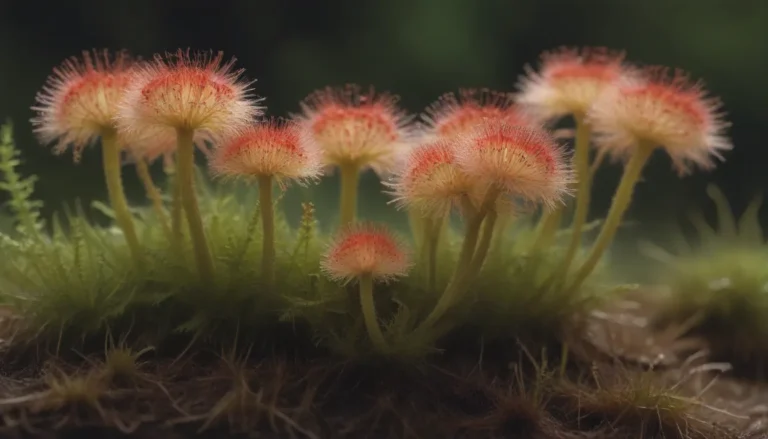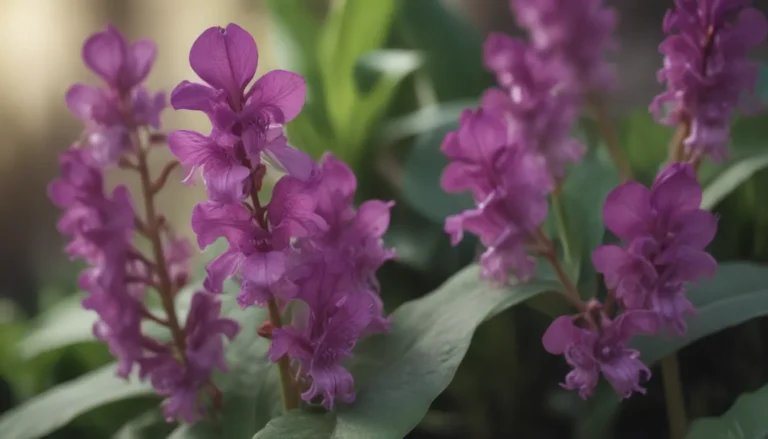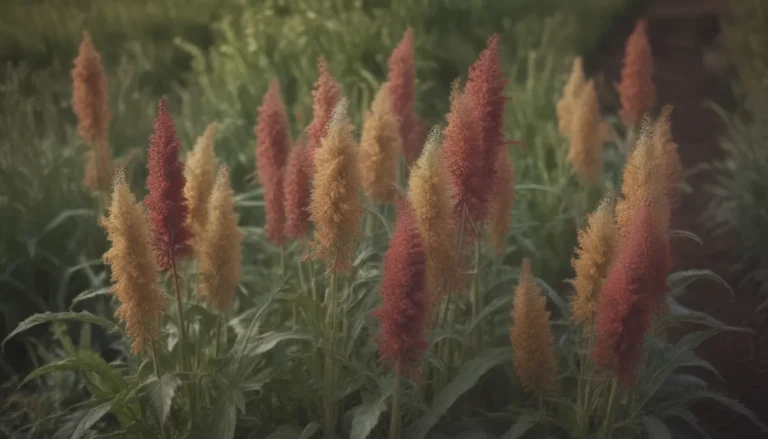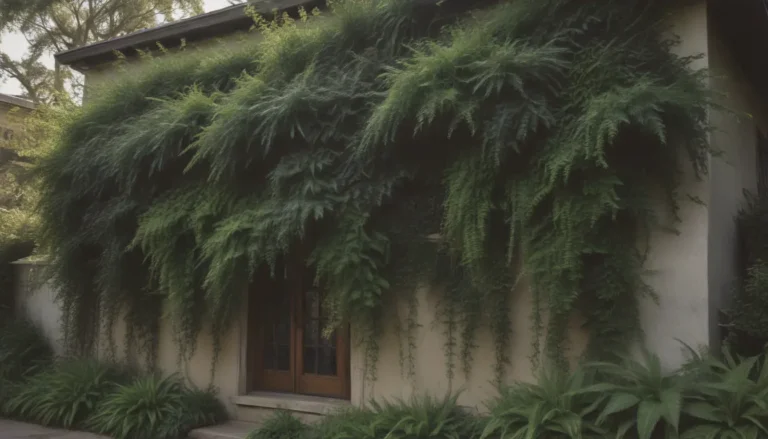Everything You Need to Know About Growing and Caring for Brass Buttons

Are you looking for a unique perennial plant to add some interest to your garden or outdoor space? Look no further than brass buttons! This New Zealand native plant is a versatile groundcover that can thrive in a variety of climates. In this comprehensive guide, we will explore everything you need to know about growing and caring for brass buttons to help you successfully cultivate this charming plant.
Understanding Brass Buttons
Brass buttons, scientifically known as Leptinella, is a low-growing plant that typically reaches heights of only 1/2-2 inches. Its fern-like purple-gray and green foliage is ornamental on its own, but it is the contrasting yellow daisy-like blooms that truly make this plant stand out. These flowers give the plant its common name and add a delightful pop of color to any garden.
Brass buttons can serve multiple purposes in your outdoor space, from filling in gaps between paving stones to acting as a turf substitute in mild climates. It is also well-suited for terrariums, fairy gardens, and flowerbeds. However, it’s important to note that brass buttons can be somewhat invasive in certain areas, so it’s essential to understand how to care for and contain this plant properly.
Brass Buttons Care Guide
Brass buttons are relatively easy to care for, making them an excellent choice for both experienced and novice gardeners. Here are some essential care tips to ensure your brass buttons thrive:
Light
Brass buttons prefer full sun in cooler climates but benefit from afternoon shade in hot summer areas. They can also tolerate full shade, although flowering may be less abundant in these conditions.
Soil
These plants have shallow roots and require light, loose soil that is well-drained. Heavy soils or clay can impede their growth, so amending the soil with compost or leaf mold can help create the ideal growing environment. Additionally, brass buttons prefer acidic soil with a pH range of 5.5-6.8.
Water
Brass buttons thrive in damp conditions, so be sure to keep the soil consistently moist. However, be cautious not to overwater, as this can lead to root rot. Mulching around the plants can help retain moisture, especially during the winter months.
Temperature and Humidity
Ideally, brass buttons prefer cool, drizzly climates similar to those found in Seattle or London. In hot, dry areas, providing some shade and occasional misting can help the plants cope with less-than-ideal conditions.
Fertilizer
With the right soil conditions, brass buttons typically do not require additional fertilization. However, in nutrient-poor soils, an occasional application of compost can help enrich the plants and promote healthy growth.
Types of Brass Button Plants
In addition to the common Leptinella squalida, there are other varieties of brass buttons that you can consider adding to your garden:
- ‘Platt’s Black’
- Leptinella gruveri
- Leptinella minor
Each variety offers unique characteristics and can provide additional visual interest to your outdoor space.
Propagating Brass Buttons
One of the great benefits of brass buttons is how easily they propagate. By following a few simple steps, you can expand your brass buttons population:
- Root Division: Brass buttons spread vigorously through rhizomes, making division a simple and effective propagation method.
- Seed Starting: While less common, brass buttons can also be grown from seeds. Sow seeds indoors in a seed-starting mix before the last projected frost date in your area for best results.
Potting and Repotting Brass Buttons
Brass buttons plants can thrive in various potting mixes, making them an excellent choice for container gardening. When repotting, be mindful of their shallow roots and avoid burying them too deeply. These plants can add a touch of charm to terrariums and fairy gardens, where their unique foliage can complement other petite plants.
Common Pests and Plant Diseases
Brass buttons are relatively resistant to pests and diseases, making them a low-maintenance plant. However, keep an eye out for aphids on new foliage and address any issues promptly. Additionally, plants stressed by dry conditions may be susceptible to mites.
Troubleshooting Common Problems
While brass buttons are generally easy to grow, they may encounter minor issues that can impact their health. Here are a few common problems to watch out for:
- Leaves Turning Brown: This may be a sign of underwatering or dry conditions. Ensure that your plants receive adequate moisture to prevent browning of the leaves.
- Scorched Leaves: Brass buttons do not tolerate excessive sun exposure well. Provide some shade to prevent leaf scorching and maintain a somewhat humid environment for optimal growth.
Conclusion
Brass buttons are a charming and versatile plant that can add a touch of whimsy to any garden or outdoor space. With the right care and attention, you can enjoy the unique beauty of these plants year-round. Whether you choose to grow them as groundcover, in containers, or as a lawn alternative, brass buttons are sure to delight and inspire any gardener.
So why not consider adding brass buttons to your garden today? With their easy care requirements and eye-catching appearance, these plants are a wonderful addition to any landscape. Happy gardening!





